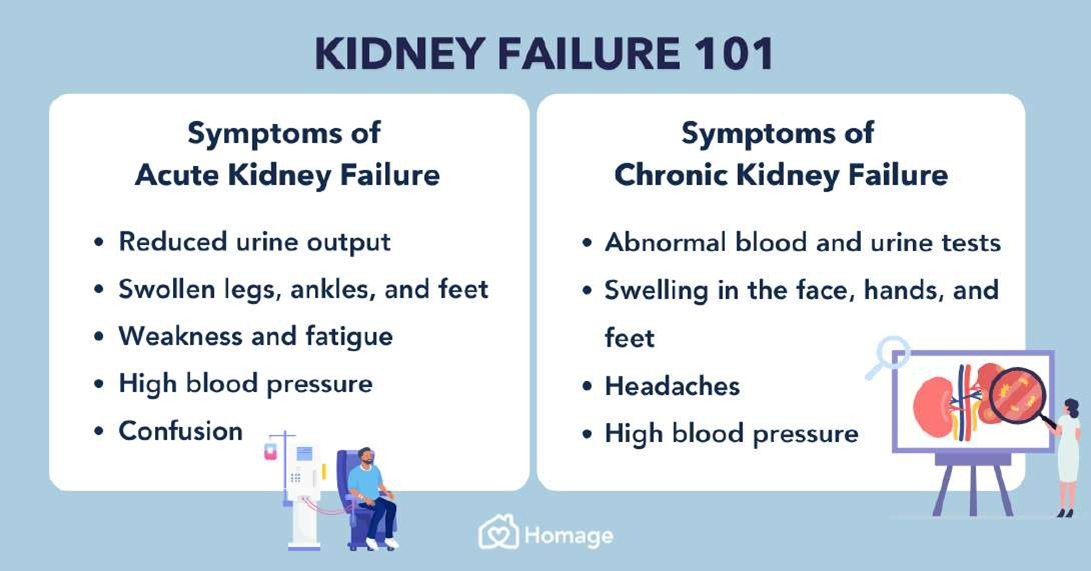A nurse is preparing a client for a kidney biopsy. Which of the following client conditions should the nurse identify as a contraindication for this diagnostic test?
Elevated creatinine level
Urinary retention
Flank pain
Bleeding tendencies
The Correct Answer is D
Choice A reason: An elevated creatinine level indicates reduced kidney function, which is often the reason a kidney biopsy is being performed in the first place. It is not a contraindication for the procedure.
Choice B reason: Urinary retention does not directly impact the ability to perform a kidney biopsy, as the procedure involves the kidneys and not the lower urinary tract where urine is stored.
Choice C reason: Flank pain is a common symptom in patients with kidney issues and is not a contraindication for a kidney biopsy. The procedure may help diagnose the cause of the ?ank pain.
Choice D reason: Bleeding tendencies are a significant contraindication for a kidney biopsy. Patients with a history of bleeding disorders or those on anticoagulant therapy are at increased risk of bleeding complications from the procedure.
Nursing Test Bank
Naxlex Comprehensive Predictor Exams
Related Questions
Correct Answer is D
Explanation
Choice A reason: A hemoglobin level of 16 g/dL is within the normal range and does not indicate acute kidney injury.
Choice B reason: A BUN level of 15 mg/dL is also within the normal range and does not suggest acute kidney injury.
Choice C reason: A serum potassium level of 4.5 mEq/L is within the normal range and is not indicative of acute kidney injury.
Choice D reason: A serum creatinine level of 6 mg/dL is significantly elevated and indicates impaired kidney function, which is a hallmark of acute kidney injury.

Correct Answer is D
Explanation
Choice A reason: Furosemide does not require a diet low in potassium; in fact, patients may need to increase their potassium intake due to its diuretic effect.
Choice B reason: Patients on furosemide should not limit fluid intake unless specifically instructed by their healthcare provider, as the medication is a diuretic.
Choice C reason: Furosemide is used to treat high blood pressure, so it would not cause an increase in blood pressure.
Choice D reason: Limiting sun exposure and wearing sunscreen is important as furosemide can make the skin more sensitive to sunlight.
Whether you are a student looking to ace your exams or a practicing nurse seeking to enhance your expertise , our nursing education contents will empower you with the confidence and competence to make a difference in the lives of patients and become a respected leader in the healthcare field.
Visit Naxlex, invest in your future and unlock endless possibilities with our unparalleled nursing education contents today
Report Wrong Answer on the Current Question
Do you disagree with the answer? If yes, what is your expected answer? Explain.
Kindly be descriptive with the issue you are facing.
